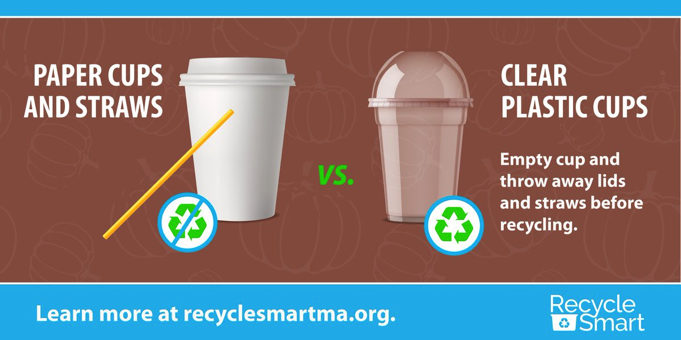In today’s business landscape, sustainability is no longer a niche concern—it’s central to corporate responsibility, branding, and operational efficiency. Whether you’re running a local café, an event venue, or a national chain, aligning with eco-friendly practices can unlock both reputational and financial benefits. This article presents actionable guidance for organisations looking to optimise waste management, improve stakeholder engagement, and reduce environmental impact.
Understanding the waste landscape
Most offices, hospitality venues and public spaces already have standard bin systems for paper, plastic and general waste. But the challenge often lies in the finer details—deciding which materials go where, and how best to engage users. In the UK alone, the number of specialist recycling streams is growing, driven by regulatory change and consumer expectation. At the same time, contamination of recycling streams (for example wet cardboard folding around plastic containers) has been shown to increase significantly in winter months. The Guardian For businesses, paying attention to these details signals that your sustainability commitments are credible rather than simply aspirational.
Why the everyday cup matters
Single-use beverage containers may seem trivial, but they represent a high-volume, high-visibility waste stream. It’s worth drawing attention to this practical example: knowing where to recycle paper cups is key for operators of cafés, food service outlets and workplaces. Despite their “paper” appearance, many such cups are lined with plastic, which complicates recycling and means that standard domestic paper collection may not be appropriate. By communicating clearly and putting the right disposal infrastructure in place, you can mitigate risk, reduce contamination and support your broader circular-economy objectives.
Integrating into your waste strategy
Here are several steps that businesses should consider:
- Audit your waste streams: Identify all the disposables used in your operation—cups, lids, cutlery, trays—and determine where they currently go (general waste, standard recycling, specialist route).
- Check collection infrastructure: Ensure you have the right bins, signage, placement and training so that staff and customers know how to dispose of items.
- Engage users: Visible cues (e.g., “This cup is recyclable—but only in the green bin”) go a long way. Consider QR codes, posters or digital messaging for high-traffic venues.
- Partner with specialist services: Some materials may require dedicated collection. For example, a recent pilot in Cardiff used AI-driven image scanning to reward consumers returning cups to participating stores. Businesses who engage early can position themselves as leaders in sustainability innovation.
- Measure and report: Track volumes diverted from landfill or incineration, contamination rates, customer participation—and use those figures in sustainability reporting or client communications.
Leveraging sustainability for business value
There are strong business reasons to invest in better disposal systems. Improved recycling and waste-minimisation support cost savings (less general waste to landfill, fewer contamination fines), improved regulatory compliance, and enhanced stakeholder (customer, tenant, local community) perception. Companies that can demonstrate credible action against waste often stand out when tendering for contracts, responding to ESG (environmental, social, governance) requirements, or securing green credentials for their properties. Additionally, aligning with national schemes and funding opportunities can generate momentum. For example, a recent fund offers support of up to £45,000 for projects improving on-the-go cup collection and recycling infrastructure.
Final thoughts
Putting in place a robust disposal strategy is more than ticking a sustainability box—it’s an investment in your brand, operations and future resilience. Start with the simple questions: where do key waste items go, how easy is it for someone to dispose of them correctly, and how can you make the process visible, understandable and engaging? Over time, you’ll turn everyday disposals into a demonstration of your organisation’s commitment to circularity, efficiency and leadership.




